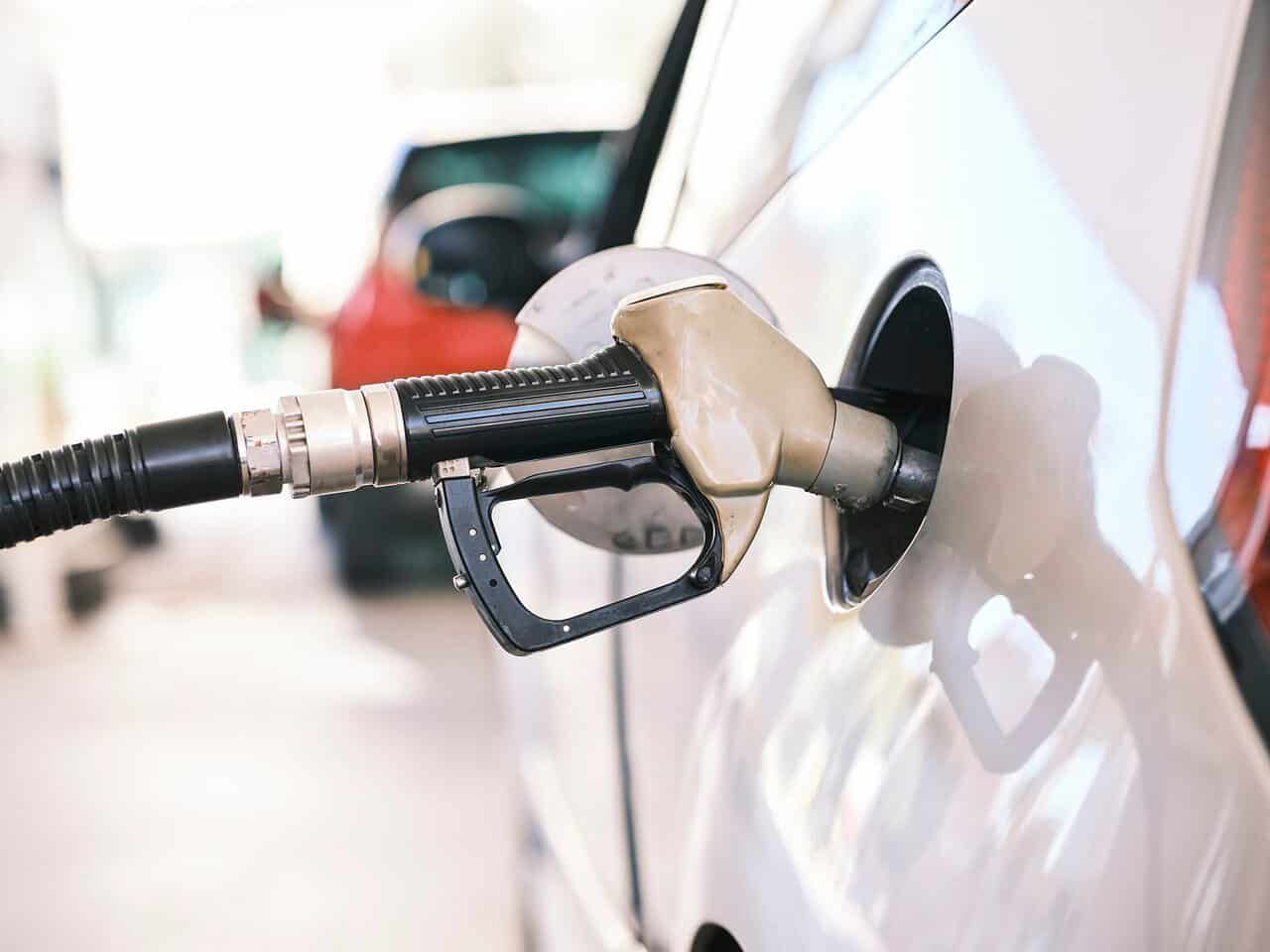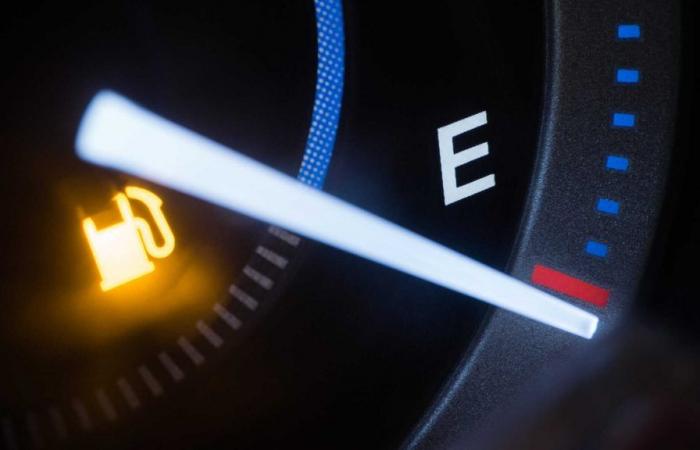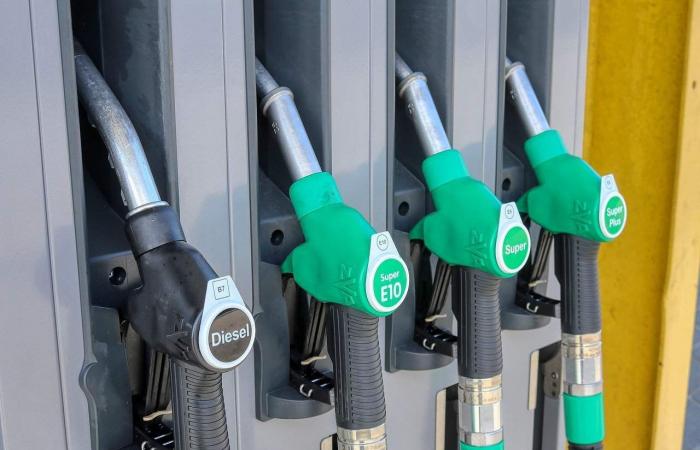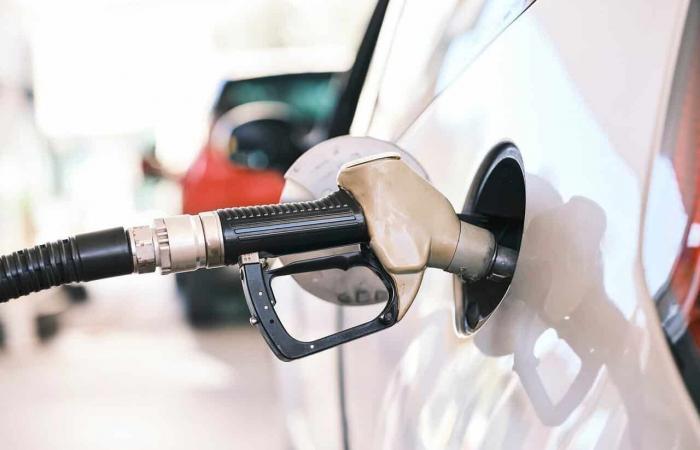Filling up your car’s tank is a very common practice. However, those who have already done so may not have given due attention to the possible risks this entails. It’s not the worst thing you can do to your car, but there are many reasons to be careful. So don’t make this big mistake when you put petrol or diesel in your car!
Don’t make this mistake when putting petrol or diesel in your car!
To be clear, by topping up, we are referring to filling your car’s tank more than recommended by the manufacturer. In other words, bypassing the system designed to prevent this from happening. Many gas pump fuel nozzles have an automatic shutoff that prevents overfilling. However, it is possible to get around it and add more fuel to the point that the fuel filler neck is also filled.
This can cause fuel to overflow from the tank when turning. Not only is this wasteful, but depending on the location of the tank in the vehicle, fuel can spill into the car’s hot exhaust and cause a fire, especially if it runs on gasoline. Diesel vehicles are safer in this regard. This is because fuel itself is much less likely to ignite due to high temperatures. In other words, you can throw a lit match into a puddle of diesel and it will simply go out.
Filling the tank to the brim also means you are carrying extra weight. This implies a small penalty in fuel efficiency. The additional weight also affects handling and, in vehicles with larger tanks, you may feel the fuel spreading, altering the car’s trajectory when cornering.
– Advertisement –
Fuel tanks are not designed to be completely filled
There are many reasons why car manufacturers don’t want you to fill a car’s tank to the brim. Especially if it runs on gasoline. The fuel system has valves that serve to control the pressure caused by the accumulation of gasoline vapors. But if you fill the tank more than you should, they can become blocked with fuel, which can cause damage.
These valves are also designed to prevent the formation of a vacuum in the fuel system, as this can also cause the vapor recovery system to fail. This in turn will result in a check engine light appearing on the instrument panel and may even cause the engine to stop while driving. Overfilling can also damage the charcoal canister (also known as the EVAP canister). The function is to capture vapors, purge the system and help maintain emissions within specifications.
Pay attention to the evaporative emissions system
If the evaporative emissions system malfunctions, this can even lead to fuel vapors traveling through the system and even reaching the vehicle’s exhaust system.
This will affect emissions (to the point where your vehicle may fail a technical inspection). It will also harm fuel efficiency. Furthermore, it can even cause damage to the catalytic converter (which will further affect emissions).

Unburnt fuel vapors from the fuel system passing through the engine also increase wear and tear over time, thus requiring more maintenance than would otherwise be necessary. These dispersed vapors can even affect the vehicle’s oxygen sensor. This can cause irregular operation or burn more fuel than necessary. All of this affects emissions and performance and ultimately leaves you spending more money to keep your car running and enjoying your property less.
Driving problems
If you drive a vehicle with a large fuel tank that you have just filled, and then take a spirited drive down a winding road, you will certainly notice the effect of all the fuel spreading around the tank. The more liquid there is, the greater the inertia of the fuel. If it spills all at once, you may feel it in the form of light knocks coming from where it is located in the vehicle (usually the rear).
On some vehicles, the tank is located behind the rear axle. If it’s full, its extra weight combined with the aforementioned spillage can act like a pendulum. In some cases (usually caused by low grip conditions), the pendulum effect can be so severe that it can result in the rear tires losing grip and potentially causing the vehicle to leave the road and enter a ditch.
Now you know what care you need to take when putting petrol or diesel in your car.







